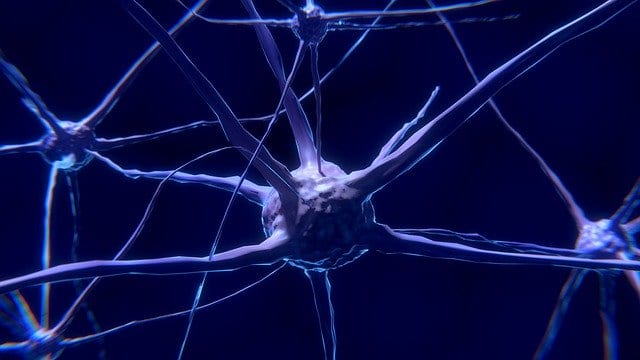Stem Cell Delivery Technique for Spinal Cord Regenerative Medicine
Significant research is underway in Regenerative Medicine to use neural stem cells or neural precursor cells to repair spinal cord injuries or diseases. One of the issues to address has been the delivery method to get these stem cells and growth factors into the spinal cord. Stem cells are able to generate into different types of functional cells. Platelet Rich Plasma (PRP) is a method to inject growth factors and draw in Stem Cells. One of the differential cells down the line are neural precursor cells. Stem cells differentiate into other types of cells in part because of the environment or types of cells that are surrounding them.

There is an inherent risk when injecting stem cells into or around the spinal cord as the needle itself can cause damage to the spinal cord or cause bleeding in the area. Researchers at the University of California San Diego School of Medicine have been conducting new delivery techniques play stem cells in and around injured spinal cords. They have been experimenting on mice trying to find a precise delivery method for the spinal stem cells which minimize the risk of spinal cord injury. They have developed a new technique which is less invasive, where they inject the cells into a tiny space just above the spinal cord. This anatomical space is called the spinal subpial space. When neural stem cells are placed in this area they are able to migrate into the damaged or diseased areas and take on the regenerative properties of the cells around them with the goal to become functional healthy neural cells. Further research is planned on different animal models with anatomy resembling human structures.
Martin Marsala, Kota Kamizato, Takahiro Tadokoro, Michael Navarro, Stefan Juhas, Jana Juhasova, Silvia Marsala, Hana Studenovska, Vladimir Proks, Tom Hazel, Karl Johe, Manabu Kakinohana, Shawn Driscoll, Thomas Glenn, Samuel Pfaff, Joseph Ciacci. Spinal parenchymal occupation by neural stem cells after subpial delivery in adult immunodeficient rats. STEM CELLS Translational Medicine, 2019; 9 (2): 177 DOI: 10.1002/sctm.19-0156

